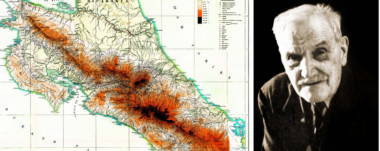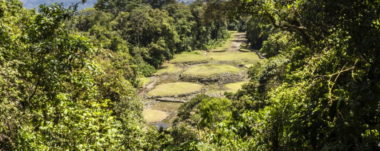Tide coefficient during February
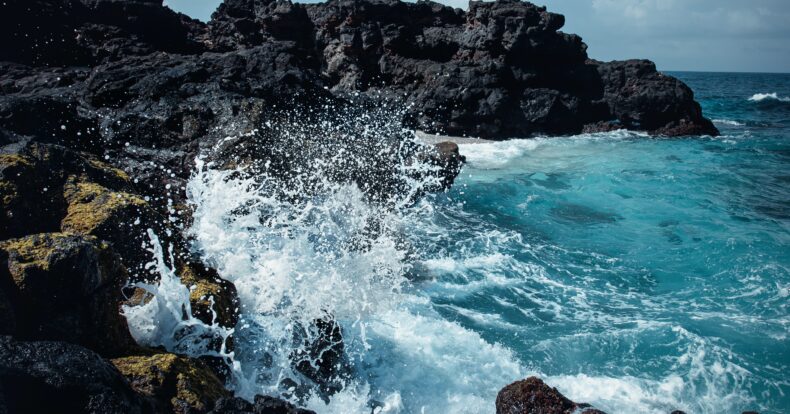
Knowing the tides is something very important if you want to go for a trip to the sea or even if you live near it. That is why we leave you a graph with an analysis of the tides during the month of February.
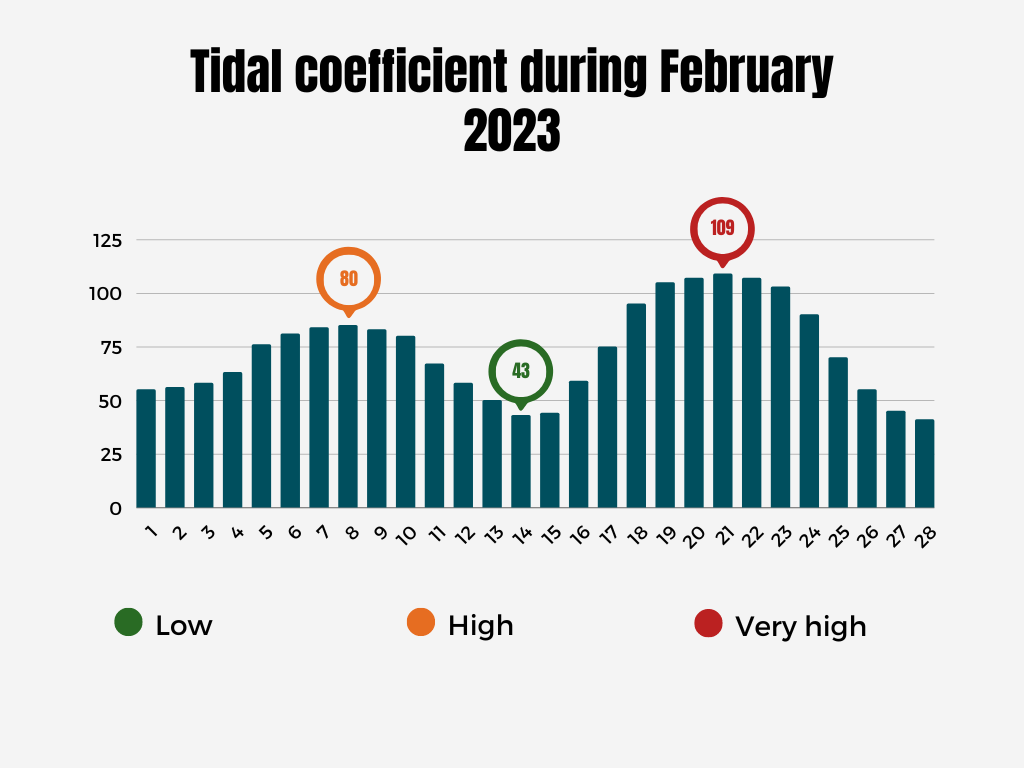
In Costa Rica
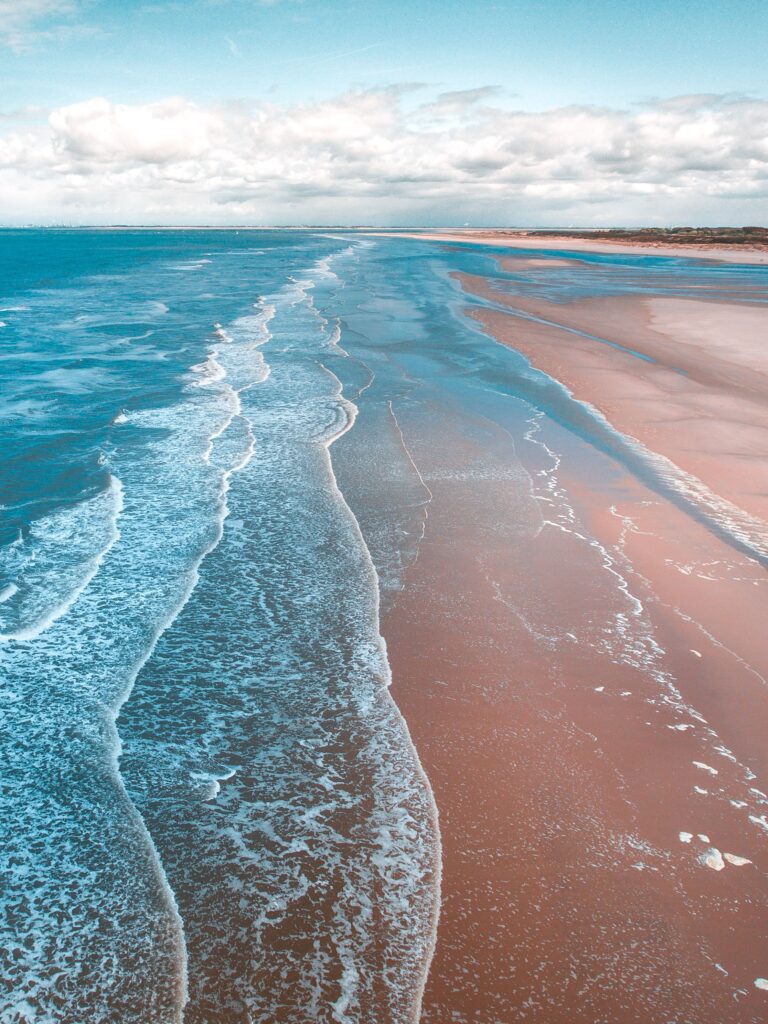
On the northern Pacific coast, the largest tides occur in the months of March-April, partly due to the winds that in these months have a strong northerly component. Some time later, the large tides return around September-October each year.
The tides in the rest of the national Pacific Coast are very similar to those of Puntarenas, however they are not the same. In Rincón de Osa, Quepos, Golfito and Tambor the tides occur a few minutes earlier than in Puntarenas and are all of almost the same height.
In the north of the country on the Pacific Coast, the tides are very similar to those of the south and are of a similar amplitude to Puntarenas. The small temporal differences are of a few minutes.
The currents can be very different. Indeed, in the interior of the Golfo Dulce, compared to the Gulf of Nicoya, there are very different currents. This is because the Golfo Dulce is much deeper, which causes currents of lesser magnitude and an almost simultaneous rapid tidal wave throughout the Golfo Dulce.
Finally, on the Atlantic coast of Costa Rica, the tides are much smaller and have an amplitude of about one third of a meter or one foot.
Tides
Why is it important to know the tides? For shipping, tourism, coastal construction, fishing, municipal wastewater discharges and even for energy production.
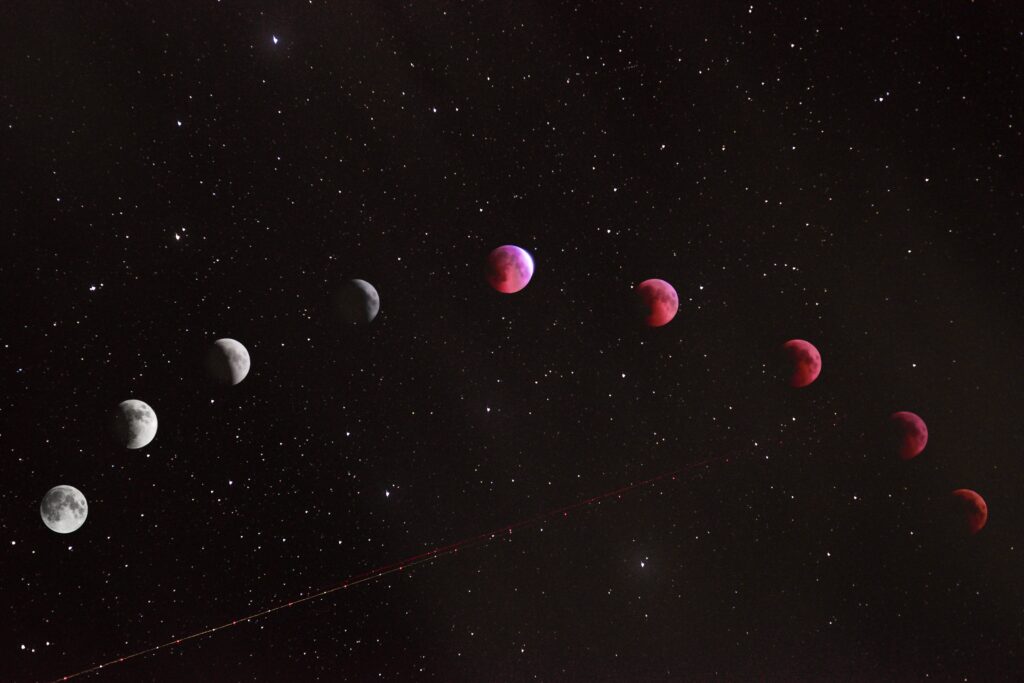
The tide is a phenomenon that has been studied since ancient times. To understand it, there are two aspects to be taken into account: the periodic variation of sea level heights observed from the coasts and the shifting and rotating ocean currents observed throughout the sea.
To explain the tides it must be understood that centrifugal force is the force that exerts an effect on the tides at a specific location. Another important concept is that the orbits of the planets and the moon are elliptical, that is, the motion they make simulates the silhouette of a circle with less elevation at both ends.
These orbits are located in inclined planes in relation to the Earth’s equatorial plane and to each other. This is why the balance of gravitational and centrifugal forces of the orbits is constantly changing, since the relative position of the moon and the sun varies constantly with respect to points on the surface of the earth. As the distance varies, the force of mutual attraction between the celestial bodies varies and the dynamic equilibrium has to accommodate this situation.
Water is an easily deformable element and is deformed by the action of gravitational and centrifugal forces, thus creating tides. However, tides occur in an orderly fashion and can be accurately analyzed for future events.



